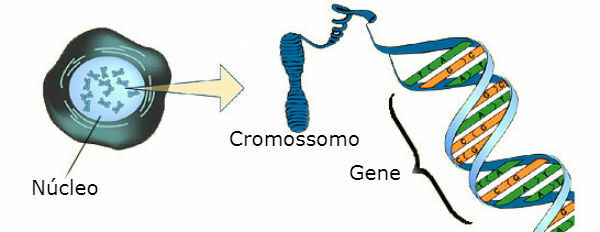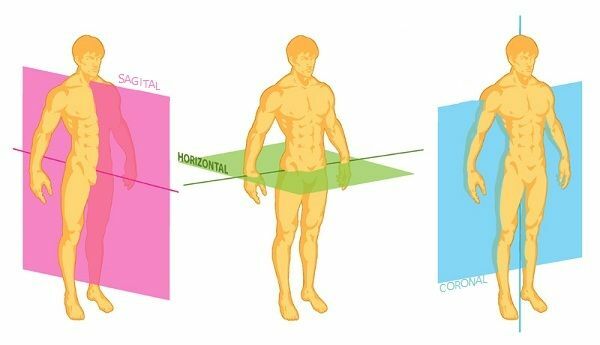The skin is the largest organ in the human body, being responsible for the protection, temperature regulation and sensitivity of the body.
It is divided into three layers: epidermis, dermis and hypodermis. Each of them has other sub-layers or strata.

Epidermis
THE epidermis it is the most superficial layer of the skin, in contact with the environment. It is formed by keratinized and avascularized stratified epithelium.
Its texture and thickness vary according to the region of the body, being thinner on the palms of the hands and thicker on the soles of the feet.
It consists of five strata:
- stratum corneum: Formed by dead cells, without nuclei and flattened, which have a large amount of keratin and are continuously flaking off.
- lucid stratum: Formed by a layer of flat, translucent cells. In some regions of the body, where the skin is very thin, it is not possible to notice its presence.
- granular stratum: Formed by 3 to 5 layers of flat polygonal cells and accumulated cytoplasm of keratin-hyaline granules, which will give rise to keratin.
- thorny stratum: Formed by 5 to 10 layers of cuboid cells, slightly flattened and with a central nucleus. They have cytoplasmic projections with keratin filaments.
- germinative stratum: Deeper layer and in contact with the dermis. The produced keratinocytes are pushed to the upper layers.
Dermis
THE dermis it is the middle layer of the skin, located between the epidermis and the hypodermis. It is formed by connective tissue and it is more elastic and firm, due to the presence of collagen and elastin.
In this layer of skin are found blood and lymphatic vessels, nerves, nerve endings, hair follicles, sweat glands and sebaceous.
It is divided into two layers:
- papillary layer: Located below the epidermis, with papillae that increase the adhesion between the dermis and the epidermis. It consists of loose connective tissue.
- reticular layer: It is a deeper and thicker layer, consisting of dense connective tissue.
hypodermis
THE hypodermis or subcutaneous tissue is the innermost layer but is not considered part of the skin. It is made up of fat cells, collagen fibers and blood vessels.
The amount of fat cells present varies from individual to individual and between parts of the body.
This layer performs important functions such as: isolating the body from external variations in the environment and fixing the skin to adjacent organs and structures.
Learn more, read also:
- Human skin
- Integumentary System
- Organs of the human body



